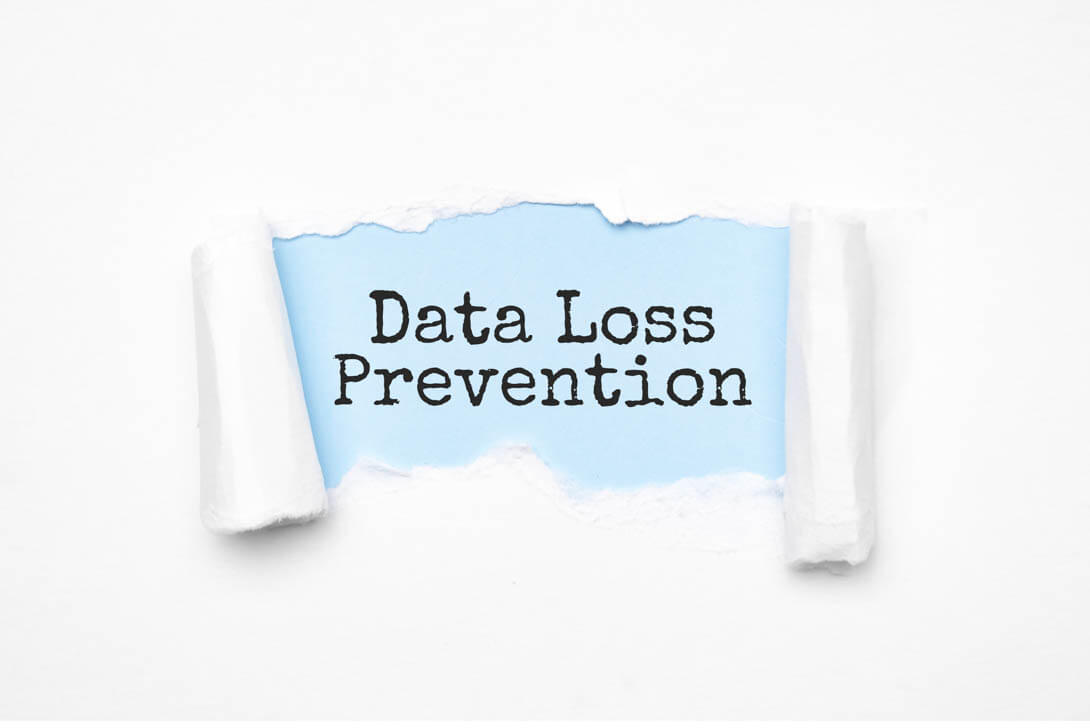What is Cloud DLP (Data Loss Prevention)?
In current times, it would not be easy for you to locate any enterprise, which doesn’t acknowledge the significance of digital security. Each industry segment, from logistics & distribution to healthcare, from telecom to trading, and from engineering to marketing and designing, all rely on various digital tools for gathering data and information to perform their organizational work processes and business-oriented tasks. Nowadays, a massive amount of data is produced. Such an enormous amount of data and information along with ubiquitous internet connectivity is something that also lures the hackers, so data leak risks increase manifolds. It has led to new breaches every other day, and thus, organizational security has climbed the business priority ladders, becoming one of the top concerns today. The conventional approach towards data security included strategies mainly aimed at a company’s built-in IT infrastructure, which consists of antivirus software, access control, Cloud DLP, and firewalls, which no longer guarantee total enterprise security against data breaches.
Technology Advancement and Cloud Infusion
With the infusion of technology, work systems have become all the more dynamic than ever before with a degree of ‘never seen before’ work flexibility. It also paves the way for inevitable secure data slips through conventional data security gates with not many data leak precautions. Among these is the growing popularity of BYOD (bring-your-own-device), flexibility to work remotely, coupled with increasing cloud reliance and 3rd-party services, which has led to continuous exposure of critical organizational data to various unauthorized people continuously. To make matters worse in terms of enterprise security, firms are also losing control over their organization’s applications as well as services which their employees are using for communication purposes and for sharing information across company networks. IT teams are slow in responding to user demands, which leads to shadow IT, implying the use of unauthorized 3rd-party apps or even self-built solutions for solving everyday company problems.
Looking at Enterprise Security from Data-Centric POV
It is becoming highly robust to predict data’s complete control as to what employees are doing with that data. A novel approach to data security is emerging as a feasible option for enterprises to look into their data security models against outside threats and inside neglect. What this data-centric approach chiefly imply is that now the focus of companies would shift from in-house networks and built-in IT infrastructure to the company’s sensitive data and information that needs protection within the organization. When the total system size can’t be entirely ascertained, then it’s simpler to identify/protect critical data sets. In a data-centric security approach, organizations first need to define which data is highly sensitive for their work operations. This process can be differentiated and described as per the industry. Still, some data types like personal information and financial data of the company are usually essential to be safeguarded through different regulations, as such types of data are generally among those flagged as highly sensitive. Once it is established which data is profoundly raw then, the enterprise security protocols can be defined with some pre-determined policies that safeguard sensitive data. So the companies can be ready to build their data security models.
Cloud DLP Is the Need of the Hour
Data Loss Prevention (DLP) solutions are also supporting organizations in their processes of auditing/reporting by giving them accurate information regarding access to data while transferring sensitive data within and outside the company networks. It can also be saved and presented after that to senior authorities detailing compliance with different regulations being imposed. By enforcing such data protection policies and laws, enterprises are beginning to be held responsible and accountable for the security of their sensitive information. They can now no longer hope that if they secure their networks, they can also prevent their sensitive data inside them. It is thus very crucial that such confidential information must be first discovered and then classified. Then special rules must be applied to it for protection purposes to ensure better enterprise security. It is the reason why transitions to data-centric security systems, including Data Loss Protection solutions are not just inevitable, but totally a necessity of the current corporate milieu.
CloudCodes’ Cloud Data Loss Prevention (DLP) Solution
CloudCodes DLP i.e., Data Loss Prevention in cloud computing helps the organization in monitoring, track, and preventing business data on the cloud, while in use, in motion, or at rest. To avoid data breaches or data loss from cloud apps like G Suite, Office 365, Google Drive, Dropbox, One Drive, etc., Data Loss Prevention enables the IT admin of the organization to set up policies through the CloudCodes CASB dashboard. With these policies, businesses can keep a check on the way their data is being used and can track or restrict several functions like sharing, downloading, copying, printing, etc. for a single user, particular OUs, or the entire organization. Data loss prevention in cloud security also helps businesses adhere to compliances like PII, PHI, PCI, HIPAA, etc.

